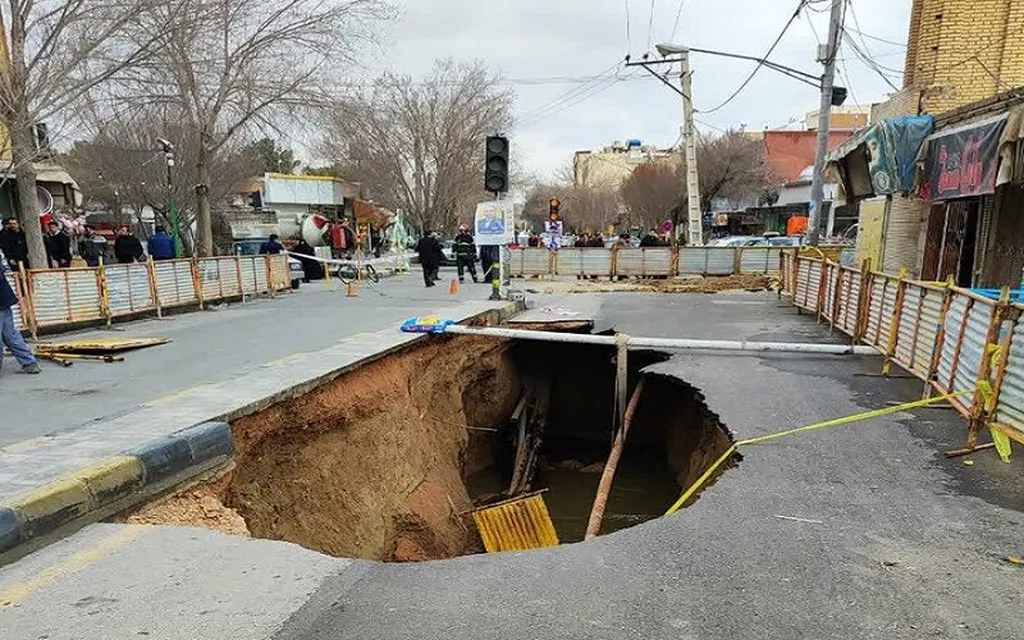In the heart of Iran’s Isfahan Province, a pressing challenge looms over its picturesque tourist villages: the threat of landslides. A recent study led by Hojjat Sadeghi, an assistant professor at the University of Isfahan’s Faculty of Geographical Sciences and Planning, has shed light on the vulnerability of these areas, offering crucial insights for sustainable tourism and land management.
Sadeghi’s research, published in the journal ‘برنامه ریزی فضایی’ (translated to English as ‘Spatial Planning’), employed advanced spatial analysis algorithms to evaluate landslide hazards in tourism villages. The study considered both optimistic and pessimistic scenarios, providing a comprehensive assessment of the risks involved.
The findings are stark. Under a pessimistic scenario, a staggering 86.53% of the region could be at risk of landslides, while the optimistic scenario paints a more hopeful picture, with only 1.032% of the area classified as landslide-prone. “The significant difference between the two scenarios underscores the urgent need for effective environmental management and land-use planning,” Sadeghi emphasized.
The study identified several key factors contributing to landslide risks, including altitude, slope, land cover, rainfall, soil type, and proximity to watercourses, faults, and roads. Notably, human activities such as unauthorized construction and land-use changes were found to exacerbate the problem, particularly in the western regions of the province.
For the energy sector, the implications are significant. Tourist villages are not just cultural and historical gems; they are also potential sites for renewable energy projects, such as small-scale hydropower and solar installations. Understanding and mitigating landslide risks is crucial for the safe and sustainable development of these projects.
Sadeghi’s research highlights the importance of proactive management strategies. Continuous monitoring and regulatory measures could prevent the shift from an optimistic to a pessimistic scenario, minimizing hazards and enhancing environmental safety. “This study serves as a valuable foundation for planning and decision-making regarding the management of natural hazards in relation to tourist villages and the surrounding area,” Sadeghi noted.
The study’s findings could shape future developments in the field by emphasizing the need for integrated approaches that consider both natural and human-induced factors. By doing so, stakeholders can ensure the sustainable development of tourist villages and the energy projects that support them.
As the world grapples with the impacts of climate change, research like Sadeghi’s becomes increasingly vital. It not only informs policy and practice but also underscores the importance of interdisciplinary collaboration in addressing complex environmental challenges. In the quest for sustainable tourism and energy development, understanding and mitigating landslide risks is a critical step forward.

